Art & Rarity Guide
Each Satoshi relic is a 576x576 unique pixel art inscription. It's visual storytelling is deeply tied to the Bitcoin blockchain and the history it represents.
The ord explorer, used by ordinals.com, displays inscription previews with a maximum size of 576 by 576 pixels, making it a reasonable choice when choosing a maximum display size.
— Ordinal Docs
Satoshi relics are recursive and generated on the fly on the device you are viewing it from. Transaction data used in the art is derived from the recursive api endpoint: /r/tx/[txId]
Zoom in and you will see each of the 576x576 pixels of a relic.
Artistic Inspiration
Imagine a physical artifact. A rare coin, say, held safe for untold years in the dark, secret clutch of a Viking hoard, now dug from the earth by your grasping hands. It…
— Ordinal Docs
We are inspired by past civilization cultures around the world and wanted to create a visual experience that conjures the weight of human culture and history. Each relic is designed to appear like intricately carved forms in stone.
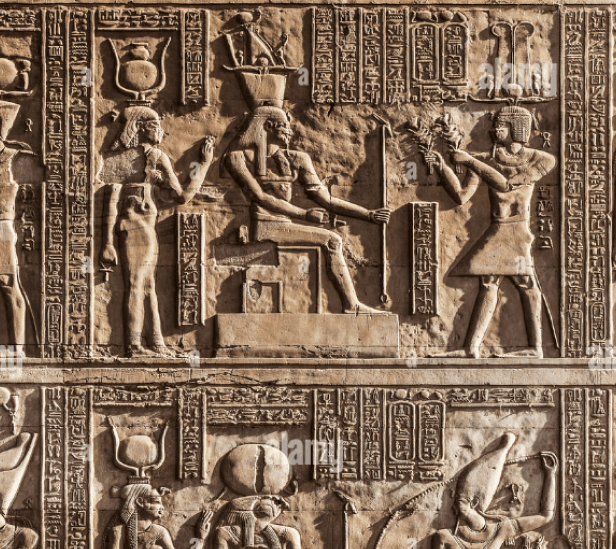
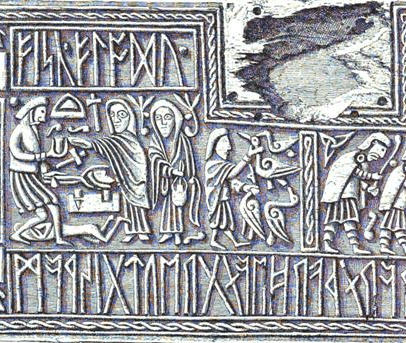
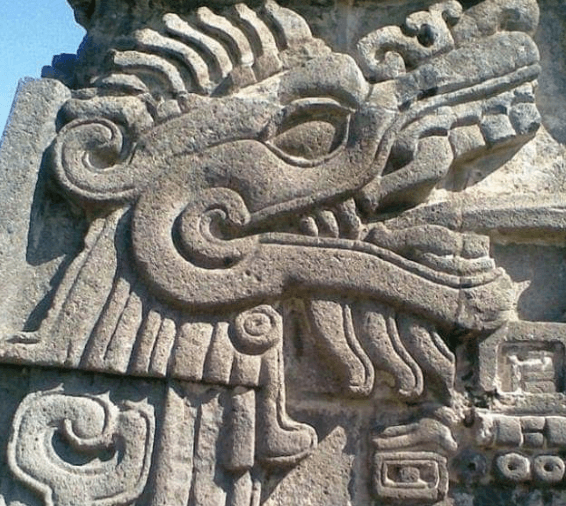
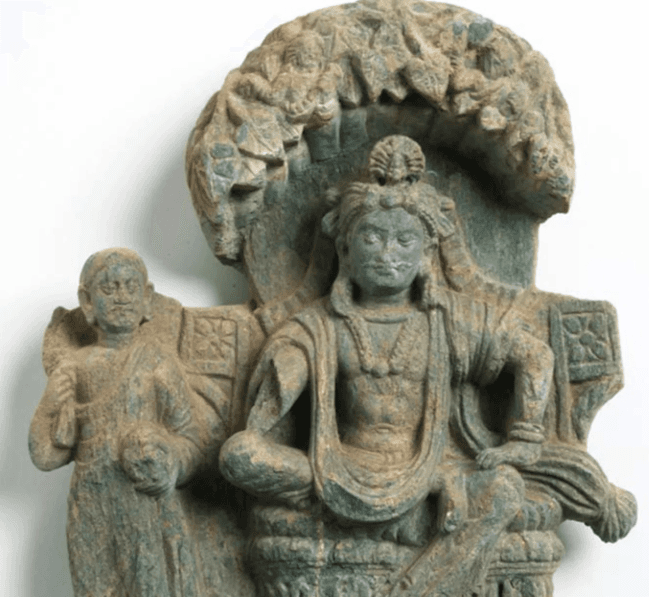
The artifacts of our past tend to be in stone...
We imagine these relics hidden in tombs, in caves, or under modern humanity's detritus. It is your job to uncover them.
Cultural relics are our revered history and our connection to the past. Many of our creative choices for Relics are guided by this vision.
Pixel art is chosen as the medium of choice to conjure up a timeless sense of digital media. From the earliest moments of computers to the present, pixel art is synonymous with a stylized, poetic expression of human creativity on screen.
We hope these relics bring up past memories of games like Mario, DOOM, Pokemon and modern hits like Stardew Valley.
Both old and new games in pixel art
Reading the Relic
A top priority is the effective communication of the underlying transaction. This means some important details are easily identifiable in the art.
1. The frame around the relic inscribes the transaction id.
2. The center coin labels the amount of Bitcoin moved.
3. Faded hexadecimal of the raw transaction in the background of the art.
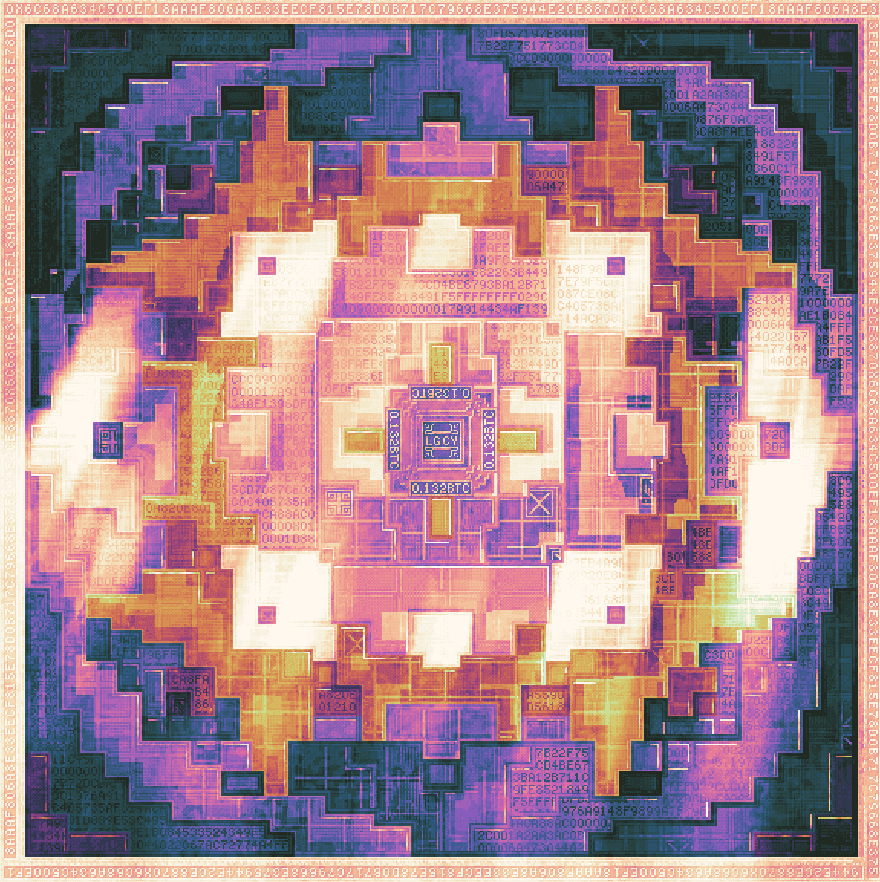
Notice the border and the center of the relic
While relic is fundamentally an abstract work, the hope is that each mechanic or art decision, however abstract, is directly tied to Bitcoin.
The Patina of Time
Like artifacts of antiquity, Satoshi Relics age with time. Each year on the transaction's anniversary, the relic develops a deeper patina - colors become richer, forms more developed, and shadows shift as if tracking the sun's journey across the sky.
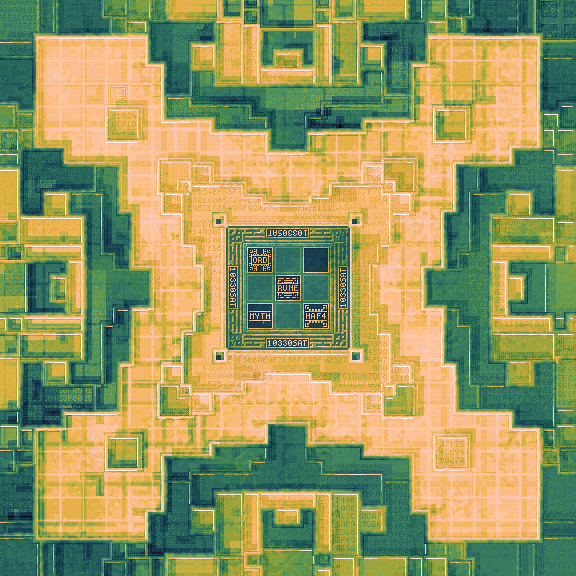
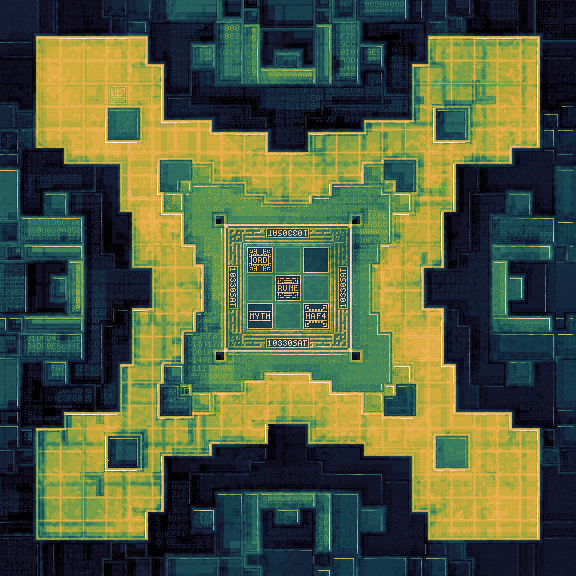
Before and after the patina
The aging process is unique to each relic. Some undergo dramatic transformations over the years, while others maintain their original essence. This patina serves as a visual timestamp - relics with more pronounced aging instantly communicate their deeper historical roots to observers.
As of today, the oldest Bitcoin transactions are around 16 years old, meaning their relics have aged 16 times.
Each relic can continue aging for up to 100 years from its mining date, after which its appearance becomes permanent.
This aging mechanic transforms each relic into a living piece of history, where time itself becomes part of the artistic expression.
Our dapp provides a timelapse of the aging process for each relic up to the present day.
Block-based colors
Each relic inherits its color palette from the Bitcoin block it was mined in - like artisanal carvings sharing the natural hues and textures of the marble block.
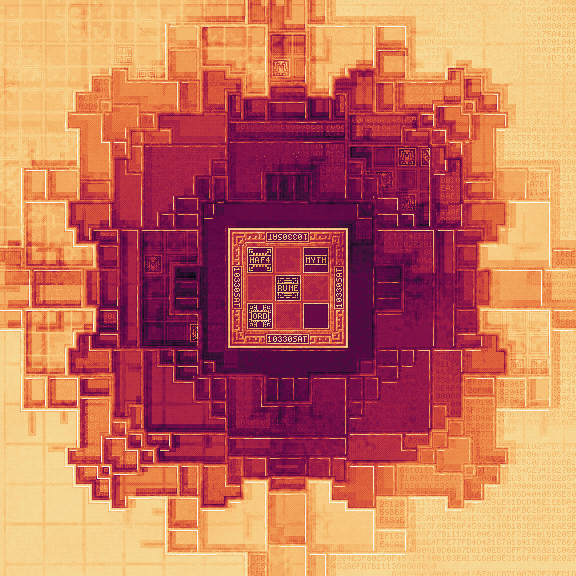
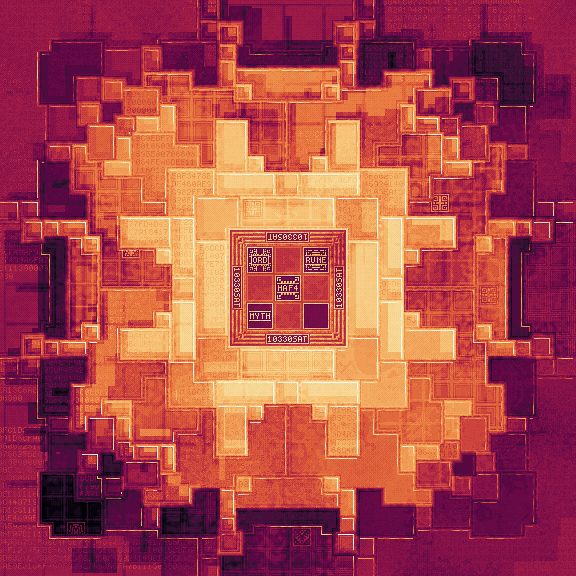
Colors from the same block
While transactions from the same block share a common palette, each relic expresses these colors based on its transaction data. This creates fascinating variations even among "sibling" relics from the same block.
Certain blocks hold deep symbolic value in Bitcoin's history. By tying the relic's colors to its source block, we honor these culturally significant moments in Bitcoin's history.
As a subtle tribute to Bitcoin's heritage, every color in the relics contains a whisper of Bitcoin orange - mixed in at just 5% to create a unifying warmth across the entire collection.
Unique Compositions
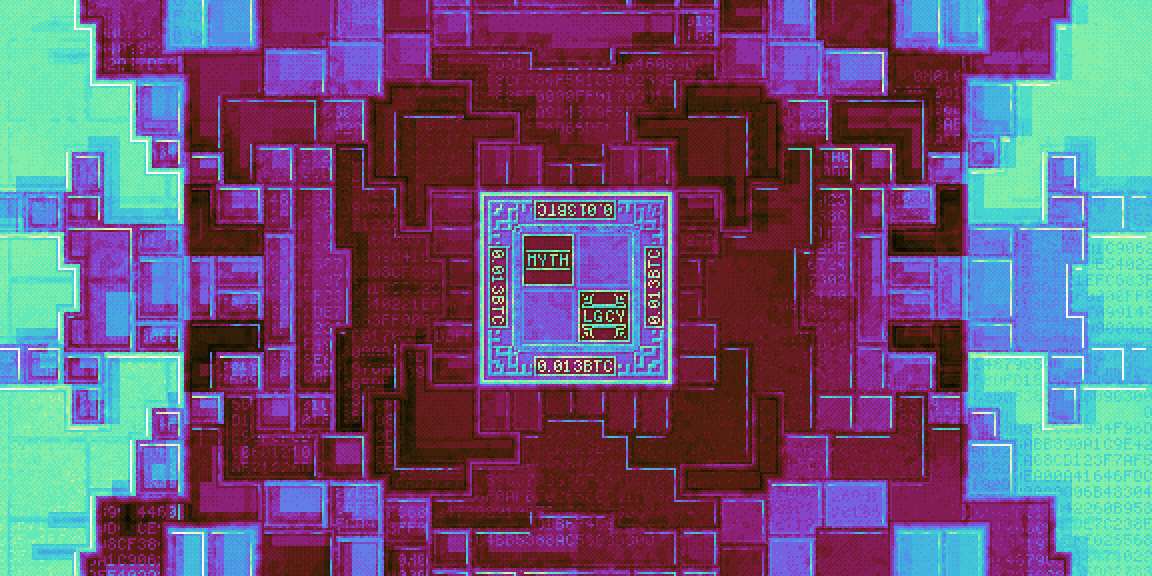
Different compositions for different transactions
Each relic's composition is uniquely generated from its transaction data - ensuring that no two transactions (with only 4 exceptions) share the same visual arrangement.
While compositions are symmetrical, details embedded in the relic are not. Aging doesn’t age symmetrically. The underlying colors of the block do not present themselves symmetrically. Textures do not imprint evenly.
For the discerning collector, this opens fascinating possibilities - some relics may exhibit striking optical symmetry, while others develop compelling asymmetrical qualities through the various generative factors at play. As time passes and the artwork ages, these compositional elements become more pronounced, revealing intricate details that were previously subtle.
Rarity Mechanics
Beyond naturally occurring rarity from historical significance, the algorithm contains several mechanics that celebrate unique and scarce transaction qualities:
1. The center coin area's appearance is directly influenced by the amount of Bitcoin moved in the transaction.
2. Special sigils can manifest in the center based on rare transaction conditions.
3. When human-readable messages are encoded within a transaction, they are embedded into the art.
4. High quantities of inputs or outputs can create unique grids of symbols or badges.
5. Tx IDs with many leading zeros spawn with more god-rays.
The Coin
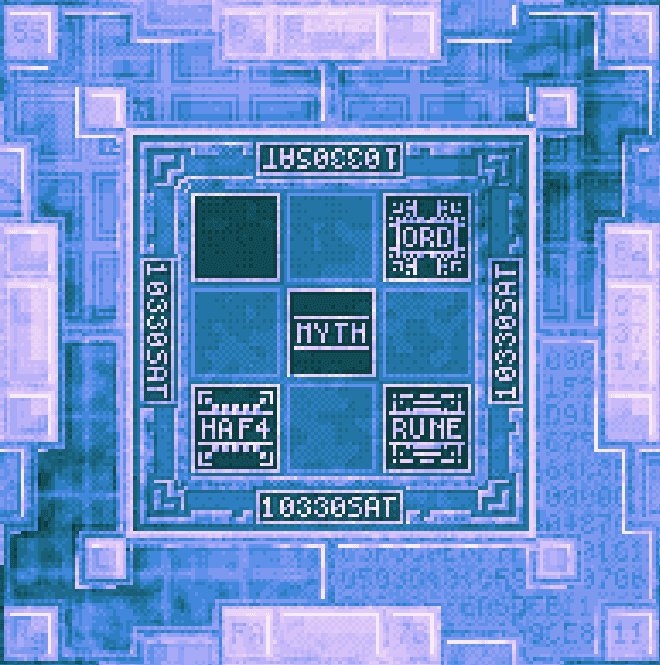
A 4-sigil coin
At the heart of each relic lies a square form we call the "coin" - a central element that encapsulates key transaction details. The coin's border displays the total amount of BTC transferred, providing a direct visual representation of the transaction's value.
The coin's dimensions are proportional to the amount of BTC moved relative to the total Bitcoin supply at the time of the transaction.
The sizing follows a precise formula:
coin size = (BTC transferred / total BTC supply) / 0.005%
To achieve the maximum possible coin size, a transaction would need to move more than 0.005% of the total Bitcoin supply at its time.
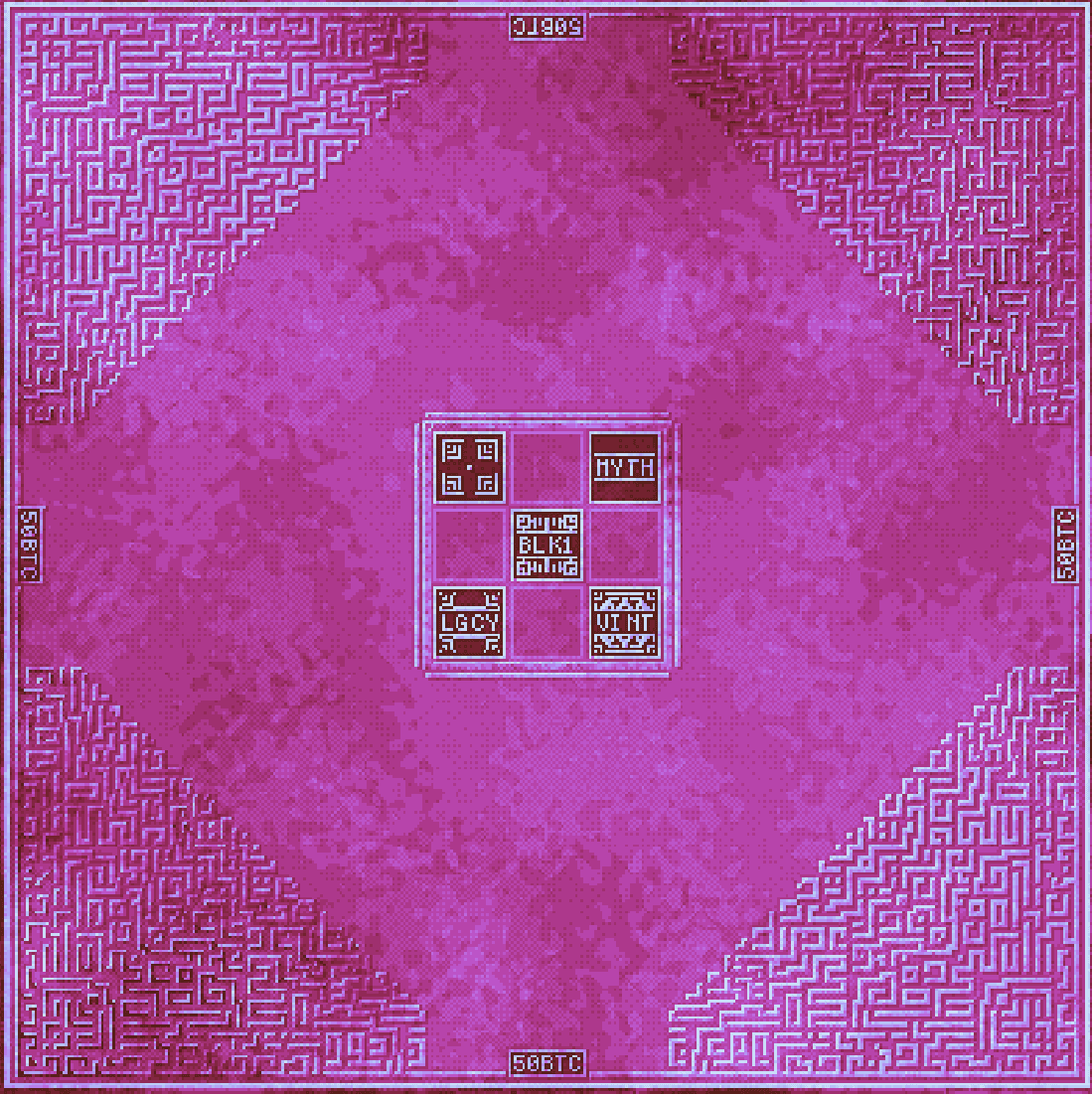
A large coin derived from the second transaction ever.
These large coins are exceptionally rare, making them a clear indicator of historically significant transfers.
Sigils of Power
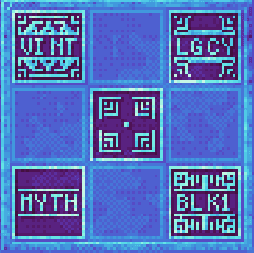
Vintage, Coinbase, Legacy, Mythic and Block 1 sigils present
In some coins, you'll discover a checkerboard of sigils. These mystical symbols describe attributes of the transaction itself. There are 29 sigils in total you can find.
Certain sigils are exceptionally rare to find. Specific combinations of sigils are even more elusive - like discovering ancient artifacts with multiple sacred markings.
Each sigil variant can manifest once per transaction when its unique conditions are met. This creates fascinating possibilities for relic hunting:
1. Hunt for relics with specific rare sigils, like the longest leading zero transaction
2. Search for special combinations, such as the longest leading zero palindrome
3. Collect transactions containing as many sigils as possible
Sigils serve a dual purpose - they offer both a visually striking way to communicate the nuances of Bitcoin mechanics and stories, while also providing a multi-dimensional framework for discovering gems of Bitcoin history.
Explore the complete collection of sigilsThe Language of Bitcoin
In the background, you may see the faint scriptures of the transaction data itself. Scribed in hexadecimal, the entirety of the transaction can be found in the texture of the relic.
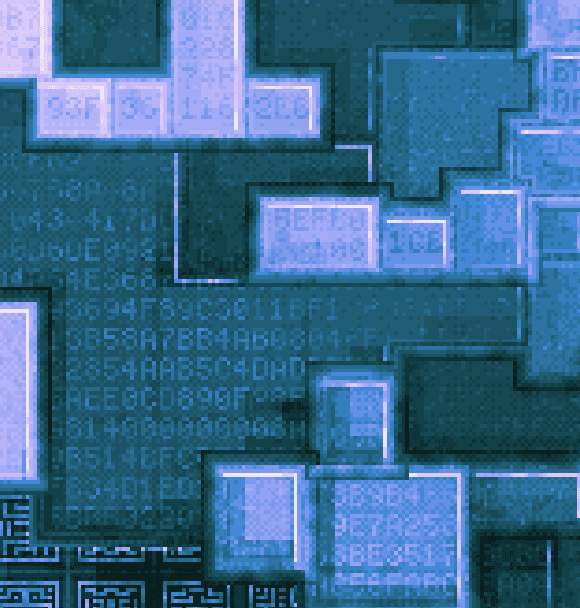
You can find the start of a transaction by looking for "0x"
For coinbase transactions, the message typically held in the input of the tx will be converted to human readable text and used in place of the hex data. This is to pay homage to a time honored tradition of leaving messages in coinbase transactions.
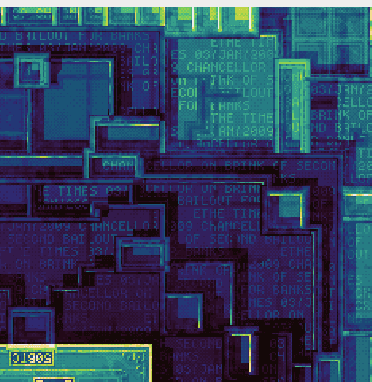
The first tx with the famous Satoshi quote
For txs with OP_RETURN, we will attempt to decode those messages into human readable text and embed it into the relic. Relics will still render the tx data to highlight the other aspects of the transaction.
In addition to decoding readable text, Relics will also decode rune stones from the rune protocol into their respective metadata and render them.
For DATA_PUSH based messages left on Bitcoin, (inscriptions, brc-20, cryptografitti, alkane contracts, among many other standards) Relics will attempt to decode the data into a human readable form.
With the advent of control block based inscriptions, we also decode messages from the control block witness element and render them if it is deemed readable.
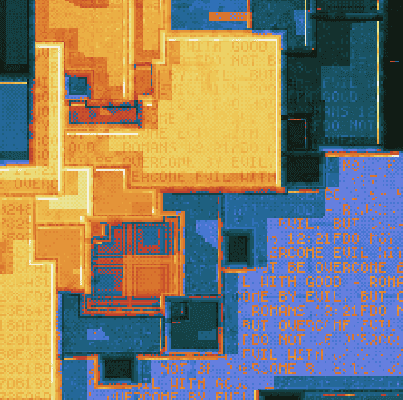
DO NOT BE OVERCOME BY EVIL, BUT OVERCOME EVIL WITH GOOD - ROMANS 12:21
Messages left by the Bitcoin community can be found in every corner of the blockchain. Relics, in faith to its own vision, attempts, wherever possible, to express these cultural traces in visual art.
With great patience, one can "possibly" sleuth and recover the transaction that created the relic from the relic itself. We certainly don't recommend this to the faint of heart, as not all relics may contain enough of the information rendered in the right places for you to piece the full history back together.
Story Too Complex
Between the intricate forms of the composition of every relic, you may see a grid of icons. We call them symbols. These symbols represent the input and outputs of the transaction.
Intuitively, transactions with more inputs and outputs will see more of the symbols appear in the relic. Transactions with fewer inputs and outputs will see empty gaps where symbols may exist.
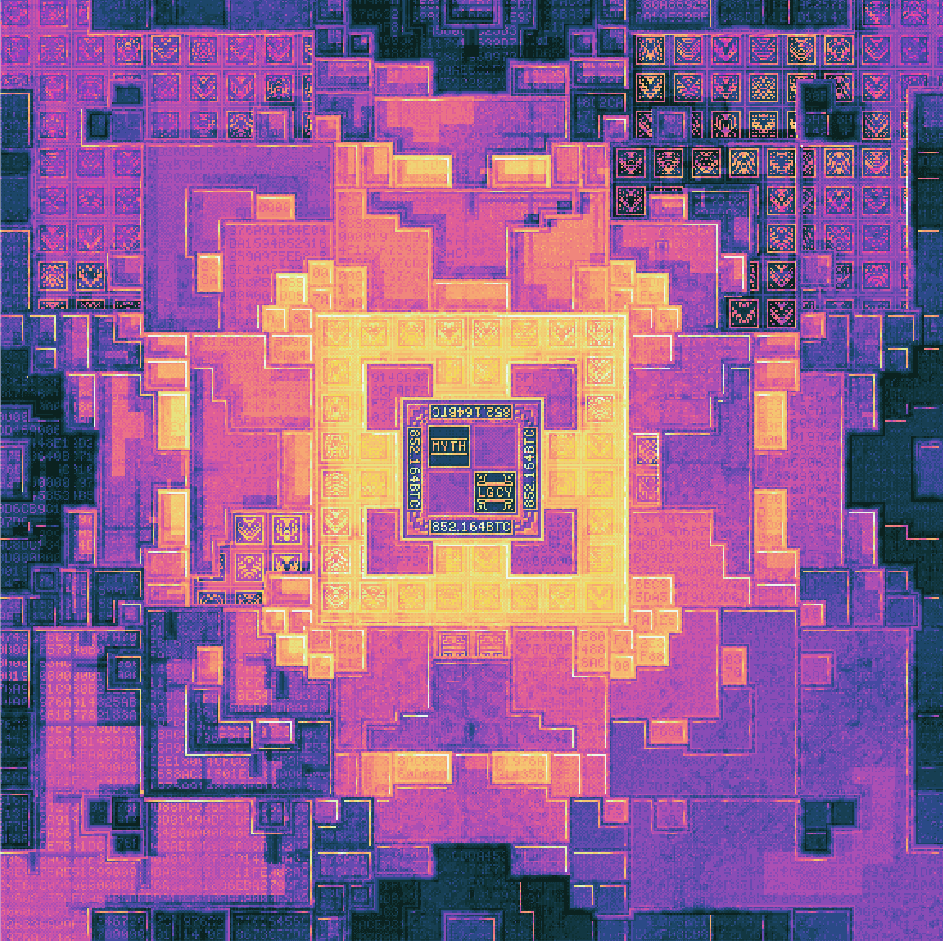
Grid of outputs, note their directional design
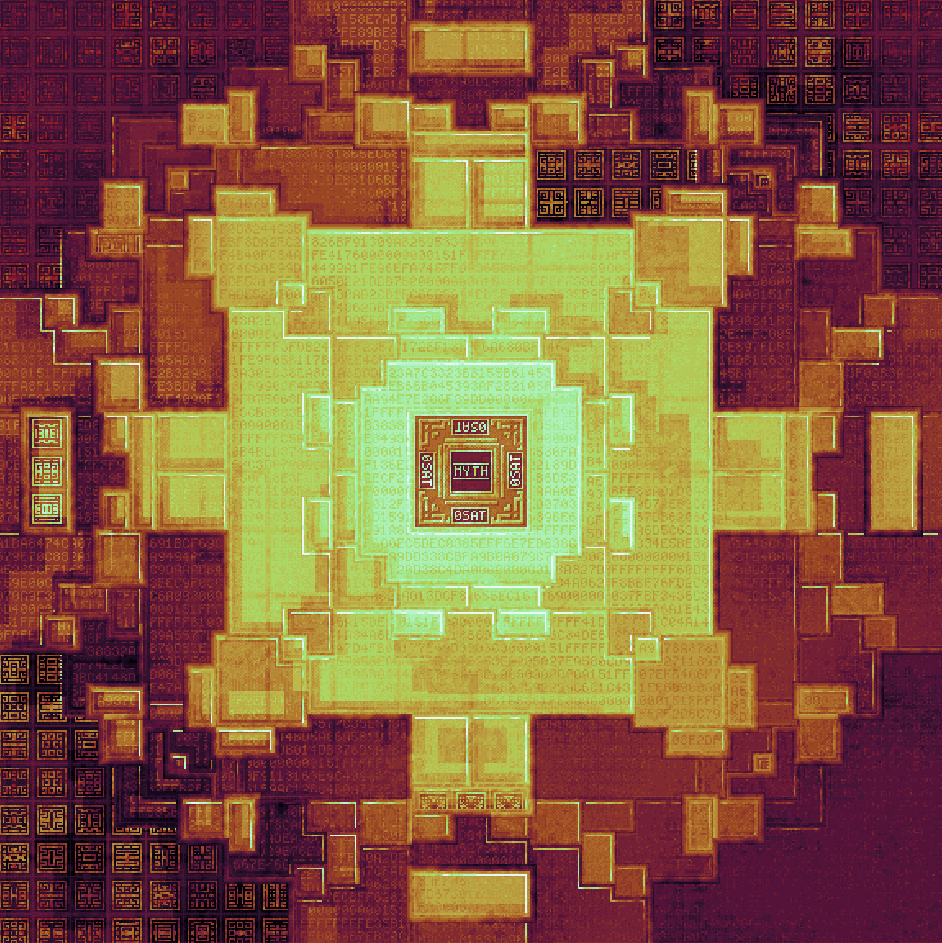
Grid of inputs, note their symmetrical design
Each symbol is uniquely generated from the underlying input or output. That means across any transaction, a distinct mark exists for each address.
For inputs, you will see a symmetrical icon generated from the transaction the input is sourced from.
For outputs, a directional symbol is generated from the locking script of the output, we call them badges.
Symbols and badges provide a more subtle but effective way to communicate the "complexity" or "weight" of a transaction. The more of the grid of symbols you see, the more you would know a lot has happened in this transaction.
Marking Your Mark
A third possible visual can exist along side the generated badges and symbols from inputs and outputs. We call this final form a "mark" and it is wholly controllable by the user.
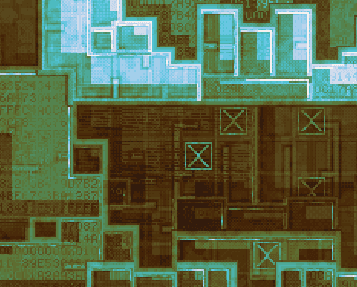
These X "marks" are generated from pixel data encoded in the transaction.
We look for a specific format, if this format exists (can exist as many times as you want) we will decode the data into pixel data.
0x72656c6963 + 32 more bytes // relic + 32 more bytes
Once we detect our keyword "relic" in the transaction we will then decode the next 32 bytes after the word as 256 bits. each bit corresponding to a pixel being "on" or "off". This means that each mark are 16x16 in size.
Dependent to where we find the mark, we modulate the visual intensity of the mark to help drive home the deliberate intention to put data in that specific area of a transaction. The intensity modulates from least to most intensity by the following:
OP_RETURN -> TAPROOT_SCRIPT -> OP_PUSHDATA -> TAPROOT_CONTROL_BLOCK -> COINBASE
Our hope is to reward folks who dare to put metadata in quirkier places in transactions, truly leaving their "mark" on Bitcoin history. Marks are designed where one must "synthesize" a underlying transaction for relic to generate from. This means that marks are a real end game user's opportunity to create some fascinatingly rare relics. Imagine a relic with marks and a 5 leading zero sigil? That can truly feel one of a kind.
In light of this all
Some relics will spawn with a mysterious sense of light emitting/emanating from the piece.
As artworks age, you will see the rays of light grow in strength, almost to counter the darkness of the aging process.
In honor of a core mechanic of Bitcoin mining, leading zeros (number of zeros leading in a hexadecimal hash), "god rays" spawning increases with more leading zeros in the transaction id. This gives a chance for even rarer compositions to exist for an incredibly rare phenomenon for transaction ids.
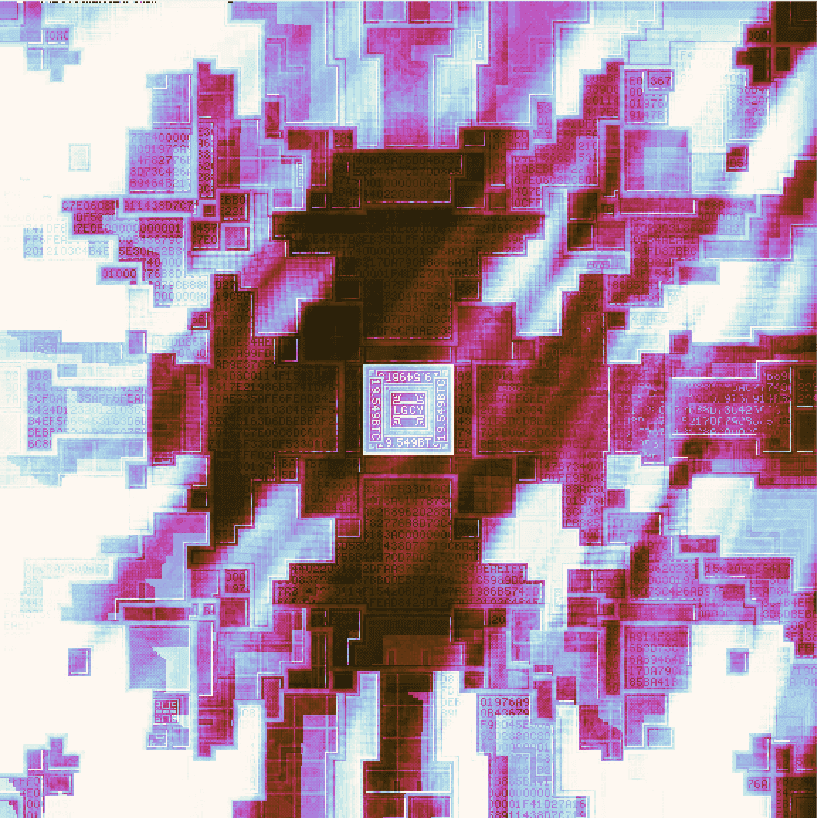
A 10 leading zero transaction
Designed to become heirlooms
We take great care and respect to make sure these relics are true digital artifacts. Thankfully, you do not have to take our word; the ordinals standard will guarantee that for you.
Inscription content is always on-chain. There is no way for an inscription to refer to off-chain content. This makes inscriptions more durable, because content cannot be lost, and scarcer, because inscription creators must pay fees proportional to the size of the content.Ordinal Docs
These relics will be around forever.
Along with this, we went through great pains to make relics "portable". Pixel art is easy to transmit, and easy to render. The generative algorithm is designed to use the lowest memory possible (Around 50MB) and only a single CPU thread. The algorithm is about 250KB in size. We hope relics can be expressed anywhere Bitcoin can reach. From the smallest DIY computer to super computer clusters, your relics can be expressed.
Why hunt for history?
Unlike other generative art experiences, nobody, not even us, controls the final destiny of any relic. Bitcoin does. What becomes rare, and what doesn't is up to Bitcoin, and ultimately up to you. In the spirit of Bitcoin, Satoshi relic is the cypherpunk's spirit of collecting and celebrating our history.
Satoshi relic celebrates Bitcoin through the medium of Bitcoin art. We hope to raise the bar of what Bitcoin is capable of through a celebration of itself.
Historia est vitae magistra."History is the teacher of life."

“Not our relics, not our legacy”